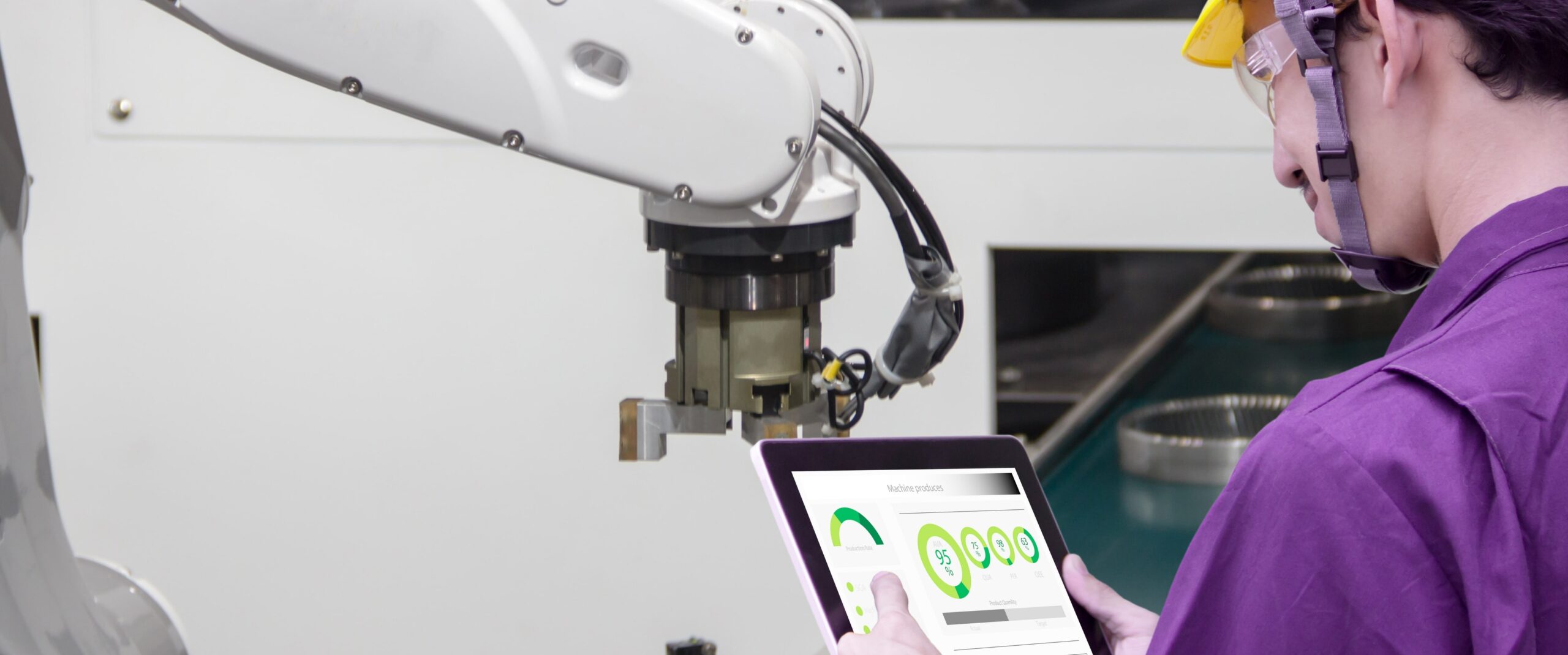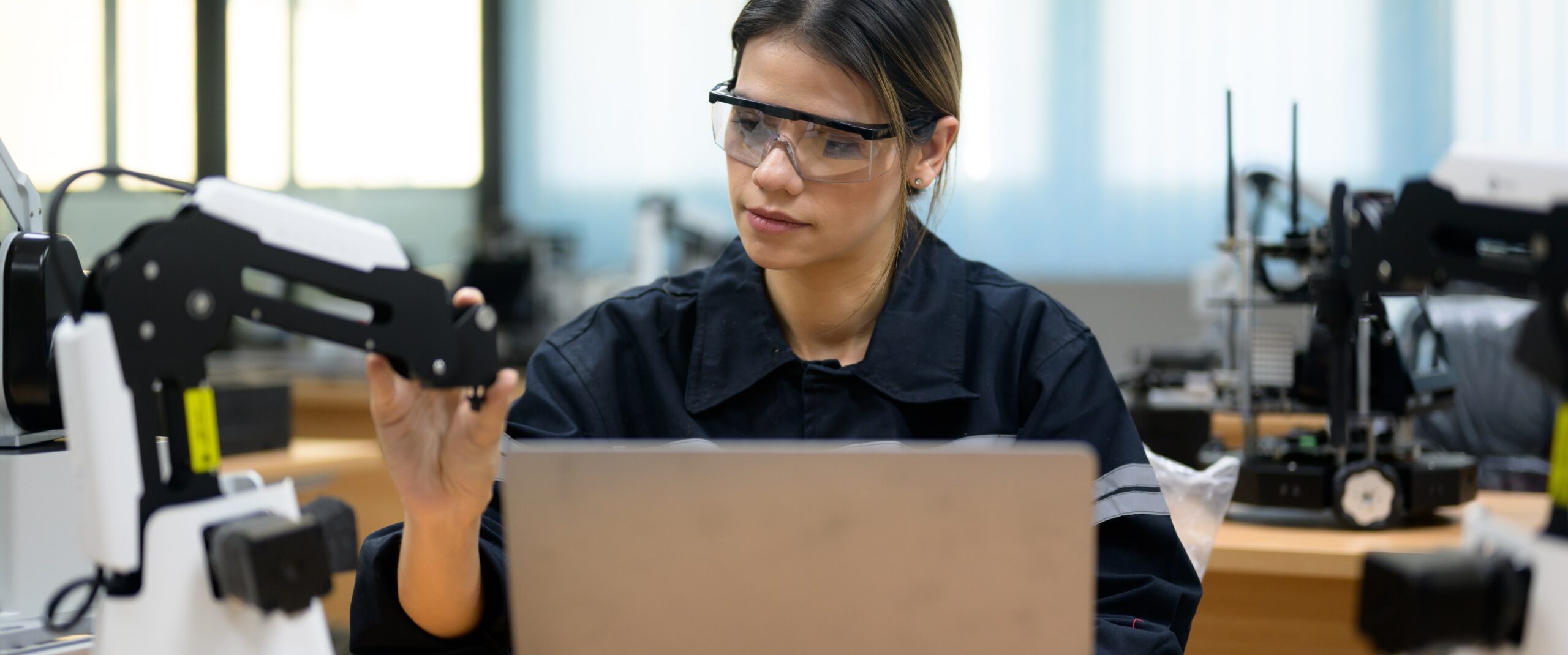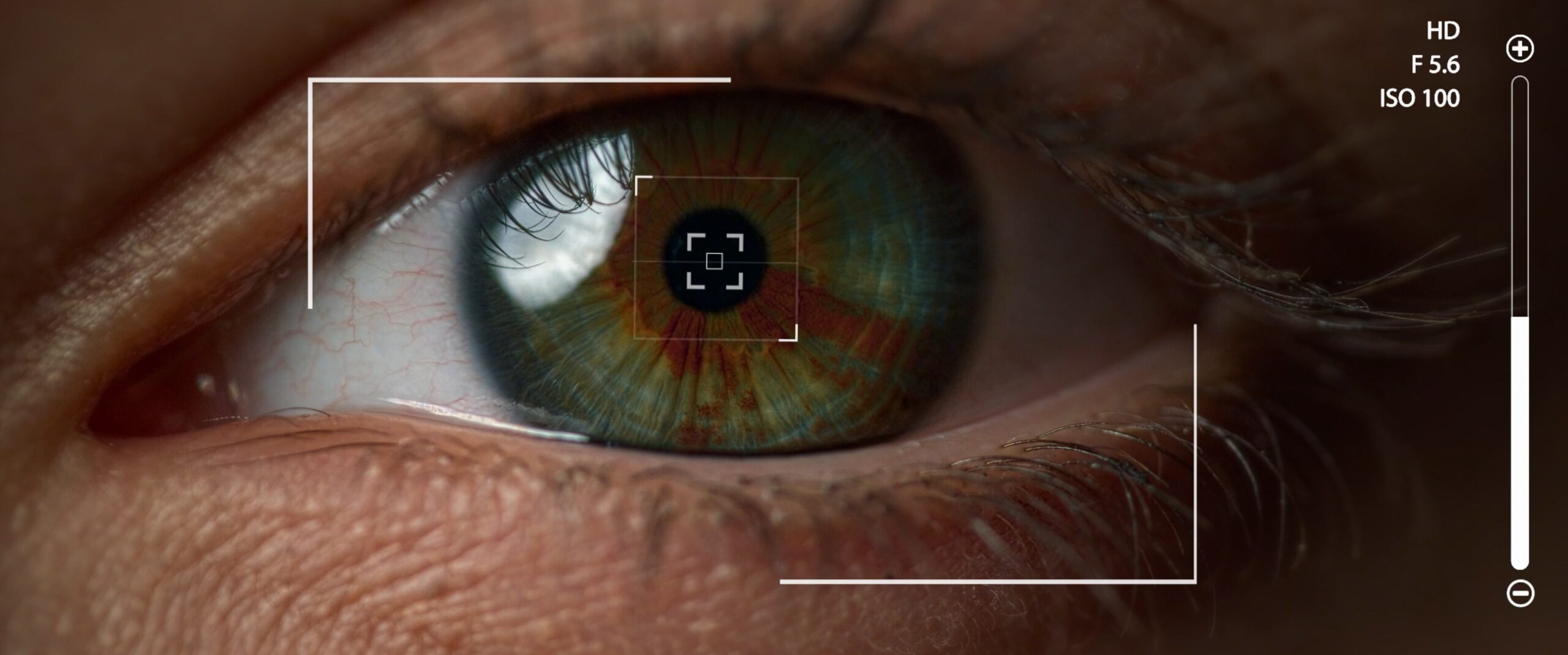
In today’s fast-changing world of technology, AI-powered visual recognition is becoming a powerful tool that’s changing how various industries work.
At Flexible Vision, we are at the forefront of using this advanced technology to drive innovation and empower businesses.
In this blog, we’ll dive into the six important ethical things to consider when using AI-powered visual recognition.
Visual recognition, often referred to as image recognition technology, is the capability of machines to interpret and understand visual data, mainly images and videos.
This technology has many applications, from identifying objects and people in photographs to monitoring security cameras and even diagnosing medical conditions through medical imaging.
The integration of artificial intelligence (AI) into visual recognition has changed the game.
AI algorithms can now analyze vast datasets with lightning speed and accuracy, making it possible for machines to recognize patterns and objects in visual data with human-like precision.
This opened up new heights for businesses, but it also raises several ethical concerns that cannot be overlooked.
 One big ethical consideration in AI-powered visualization is the protection of data privacy and security.
One big ethical consideration in AI-powered visualization is the protection of data privacy and security.
When AI systems process visual data, they could deal with images containing personal information, such as faces, license plates, or identifiable locations.
Adequate measures must be in place to protect this sensitive data from misuse or breaches.
However, the secure handling of visual data extends beyond storage and transmission. It involves the entire data lifecycle, from collection to deletion.
Robust encryption, access controls, and secure data retention policies are essential to prevent unauthorized access or data leakage.
Determining ownership and consent for visual data usage is also quite complicated. Individuals featured in images may not always be aware of how their data is being used.
Essentially, establishing clear guidelines for obtaining consent and defining data ownership rights are key steps in addressing these concerns ethically.
AI algorithms in visual recognition systems might accidentally show bias from time to time, which creates ethical problems.
These AI systems learn from large sets of data, which may contain biased or unrepresentative samples.
This will make the AI system unfair when recognizing people from groups that aren’t well-represented, causing unfair outcomes.
Imagine an AI used for hiring that prefers certain types of candidates over others because of these biases. This makes inequalities and discrimination worse, so it’s essential to spot and fix these biases in AI systems.
Hence, we need to use a mix of different data that represents everyone, to avoid creating harmful stereotypes.
Find out how Flexible Vision works.
 Users and stakeholders have a right to understand how AI decisions are made.
Users and stakeholders have a right to understand how AI decisions are made.
Transparent AI systems provide insight into the decision-making process, making it easier to identify and fix potential biases or errors.
In a world where AI algorithms increasingly affect our lives, transparency is crucial for maintaining public trust.
Imagine a medical diagnosis made by an AI system. Knowing how the AI arrived at its conclusion can be a matter of life and death, further showing the importance of transparent AI.
Moreover, AI models should be capable of explaining their decisions in a human-understandable manner. This builds trust and allows for meaningful human oversight in critical applications.
By adopting explainable AI models, businesses can enhance their credibility and reassure customers and partners that their visual and auditory recognition systems are ethically sound.
 Homomorphic encryption allows computations to be performed on encrypted data without decrypting it so that sensitive visual data remains confidential throughout processing.
Homomorphic encryption allows computations to be performed on encrypted data without decrypting it so that sensitive visual data remains confidential throughout processing.
This type of encryption is like sending a sealed letter. The recipient can perform operations on the contents without ever opening the envelope.
Simply put, this technology protects sensitive data while allowing it to be processed.
Federated learning allows AI models to be trained collaboratively on decentralized data sources, preserving privacy by keeping data localized and secure.
It ensures that individual data remains in the control of its owner while contributing to a common goal.
Lastly, differential privacy techniques add noise to data to protect individual privacy while still allowing for meaningful analysis and model training.
Explore how we implement privacy-preserving technologies.
The issue of accountability and the need for legal frameworks in AI-powered visual recognition is still an evolving landscape.
The legal responsibilities associated with AI remain a hot topic. Many believe that government agencies and organizations must work together to establish clear legal guidelines that govern AI development and deployment.
In an era of rapid technological advancement, the law struggles to keep pace.
The development of comprehensive legal frameworks for AI ensures that ethical considerations are backed by regulations.
Determining liability for incidents involving AI-powered visual recognition systems is another challenging ethical consideration.
As these systems become more integrated into daily life, legal frameworks need to address issues of accountability and responsibility.
In addition, the development and adherence to ethical and legal guidelines are critical in ensuring that AI-powered visualization is used responsibly and ethically.
 Beyond technical considerations, AI-powered visual recognition has huge social and ethical implications.
Beyond technical considerations, AI-powered visual recognition has huge social and ethical implications.
The widespread adoption of AI-powered visualization may lead to concerns about job displacement.
Therefore, businesses and governments must consider strategies to address these issues, such as reskilling and workforce transition programs.
AI is also often used in surveillance, and this brings up questions about our privacy and civil liberties.
The use of AI-powered surveillance systems, such as facial recognition, has sparked debates about mass surveillance and its implications for personal privacy and freedom.
Lastly, visual recognition systems must be culturally sensitive to avoid reinforcing stereotypes or causing offense.
Cross-cultural considerations should be integrated into the design and implementation of these systems.
Moreover, AI-powered visual recognition has great potential to transform industries and enhance our lives, but it also brings ethical considerations that cannot be ignored.
At Flexible Vision, we are committed to addressing these ethical challenges and ensuring responsible AI development and deployment.
Contact us to learn more about our ethical approach to AI-powered visual recognition.
AI-powered visualization is a remarkable image recognition technology that empowers computers to understand and interpret visual data, such as images and videos, thanks to the use of artificial intelligence (AI) algorithms.
This means that computers can do things like recognizing objects in pictures, identifying faces in videos, or assisting medical professionals in diagnosing diseases by analyzing medical images. It’s the synergy of AI and visual data that makes this technology so powerful.
When it comes to AI-powered visual recognition, ethical considerations play a crucial role. These considerations encompass several aspects, including data privacy and security, algorithmic fairness, transparency and explainability, privacy-preserving technologies, legal frameworks, and broader social and ethical implications.
We must ensure that personal data remains protected, that AI systems make fair and unbiased decisions, that they are transparent in their operations, and that they adhere to privacy-preserving techniques.
To mitigate bias, use diverse and representative data during the training phase. By exposing AI systems to a wide range of examples, we can prevent them from favoring one group over another.
Additionally, debiasing algorithms can be applied to correct existing biases, and fairness-aware training techniques help ensure fairness in decision-making. For instance, when training an AI system to recognize faces, it’s important to include images of people from various backgrounds to prevent discrimination.
Privacy-preserving technologies in visual and auditory recognition are like protective shields for sensitive data.
These technologies include homomorphic encryption, which allows computations on encrypted data without revealing the data itself. Federated learning enables machines to learn collaboratively without sharing private data directly, preserving individual privacy. Differential privacy adds controlled noise to data to protect privacy while still allowing useful insights to be drawn.
These technologies ensure that personal information remains confidential during the processing of visual data.
It serves several vital functions, such as making the image recognition technology understandable to users and stakeholders. When people can comprehend how the technology makes decisions, it becomes less mysterious and more trustworthy.
Transparency also enables human oversight, ensuring that AI systems make responsible choices. For example, in the context of medical AI, knowing the reasoning behind a diagnosis is crucial.